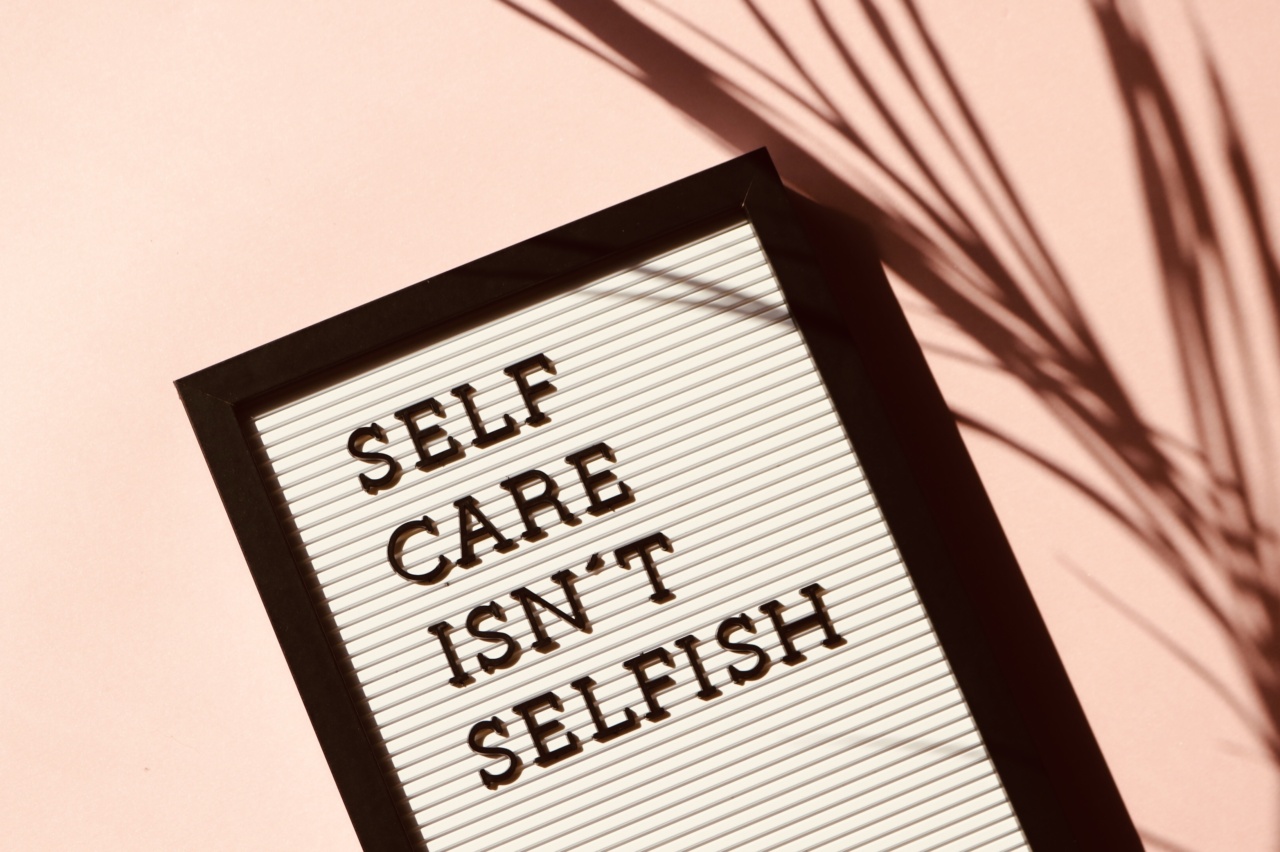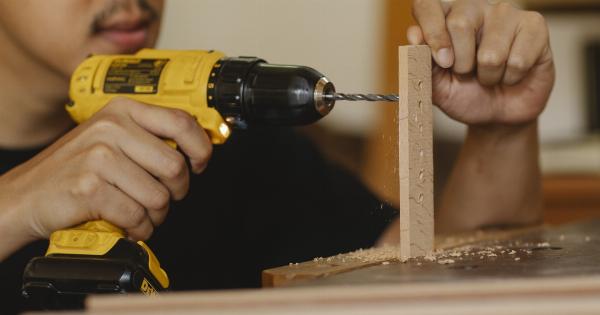Living a healthy and active lifestyle is essential for everyone. However, various health conditions can hinder our ability to enjoy life to the fullest.
One such condition is venous disease, which affects the veins in our bodies and can lead to painful symptoms and complications. Fortunately, medical advances have led to the development of venous stents, a revolutionary treatment option that can significantly improve the quality of life for individuals with venous disease.
Understanding Venous Disease
Venous disease refers to a group of conditions that affect the veins, which are responsible for transporting deoxygenated blood from our body’s tissues back to the heart. These conditions can cause the veins to become weak, damaged, or diseased.
Some common types of venous disease include varicose veins, deep vein thrombosis (DVT), and chronic venous insufficiency (CVI).
What are Venous Stents?
Venous stenting is a minimally invasive procedure in which a stent is placed in a narrowed or blocked vein to help improve blood flow.
A stent is a small, expandable mesh tube that acts like a scaffold within the vein, providing support and preventing it from collapsing or becoming blocked again. The stent is inserted using a thin catheter, which is guided to the affected vein under imaging guidance. Once in place, the stent helps to restore proper blood flow and reduces symptoms associated with venous disease.
Benefits of Venous Stents
Venous stents offer numerous benefits for individuals with venous disease. Firstly, they can help relieve symptoms such as pain, swelling, heaviness, or cramping in the legs.
By improving blood flow, stents can also help heal venous ulcers that may have developed as a result of chronic venous insufficiency. Additionally, venous stents can reduce the risk of complications associated with venous disease, including blood clots, skin discoloration, and skin infections.
The Procedure
The venous stenting procedure is typically performed on an outpatient basis. Local anesthesia is used to numb the area where the catheter will be inserted.
Using advanced imaging technology, such as ultrasound or fluoroscopy, the interventional radiologist guides the catheter to the affected vein. Once in position, the stent is deployed, expanding and conforming to the shape of the vein. The catheter is then removed, and the tiny incision is closed with a small bandage.
Recovery and Follow-up
After the procedure, patients are usually allowed to go home the same day. They may experience some soreness or bruising at the incision site, but it typically resolves within a few days.
Normal activities can usually be resumed shortly after the procedure, though heavy lifting and strenuous exercise should be avoided for a few weeks. Follow-up appointments are scheduled to monitor the stent’s effectiveness and ensure that the vein remains open and free from complications.
Potential Risks and Complications
As with any medical procedure, there are potential risks and complications associated with venous stenting.
These may include infection at the incision site, allergic reactions to anesthesia or contrast dye, or injury to the blood vessels or surrounding tissues. However, these risks are relatively rare, and the procedure is generally considered safe and effective for treating venous disease.
Who is a Candidate for Venous Stenting?
Venous stenting is typically recommended for individuals who have symptomatic venous disease that does not improve with conservative treatments, such as compression stockings or lifestyle modifications.
Candidates for venous stenting may experience chronic leg pain, swelling, or ulcers, or have a history of deep vein thrombosis. An evaluation by a vascular specialist or interventional radiologist can help determine if venous stenting is an appropriate treatment option.
Conclusion
Venous stents are a groundbreaking treatment option that offers significant benefits for individuals with venous disease.
By improving blood flow and reducing symptoms, venous stents can greatly enhance the quality of life for those affected by venous conditions. If you or someone you know is struggling with venous disease, it is worth exploring the possibility of venous stenting as a potential solution.































